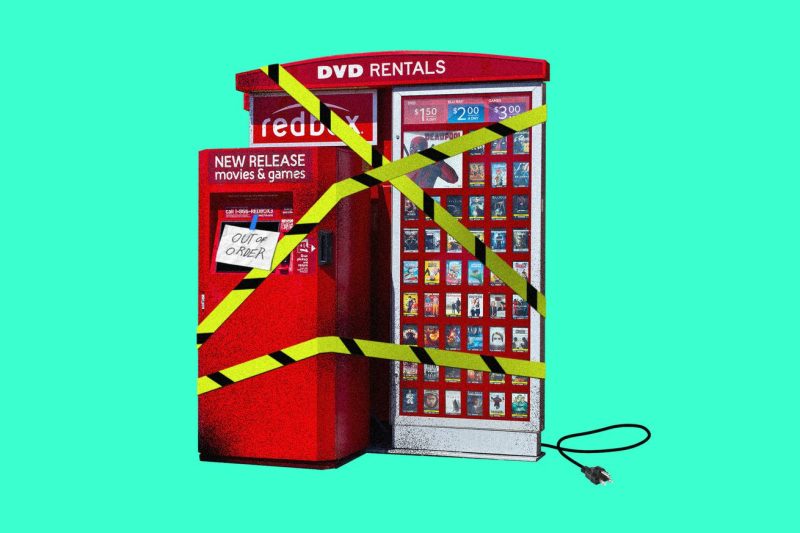Why Redbox Has Been Powering Down
The evolution of entertainment consumption has taken many twists and turns over the years. Technology has played a crucial role in how we access movies and shows, with online streaming services becoming increasingly popular. In this digital age, one might wonder about the fate of physical movie rental outlets like Redbox.
Redbox, known for its iconic red kiosks dotted across various locations, has been a mainstay for movie lovers seeking convenient and affordable options for renting DVDs and Blu-rays. However, in recent years, Redbox has been experiencing a decline in its business, leading to questions about the future of this once-dominant rental service.
One of the primary reasons behind Redbox’s struggles is the shift towards digital streaming platforms. With the rise of services like Netflix, Hulu, and Amazon Prime Video, consumers now have a wide array of options for streaming movies and shows directly to their devices. This convenience and accessibility have made it challenging for traditional brick-and-mortar rental stores like Redbox to compete effectively.
Additionally, the COVID-19 pandemic has accelerated the decline of physical rental outlets like Redbox. Restrictions on movement and social distancing measures forced many consumers to turn to online streaming services as their primary source of entertainment. The closure of public spaces and the reluctance to handle physical items led to a decrease in foot traffic at Redbox kiosks, further impacting the company’s revenue.
Furthermore, the trend towards subscription-based models in the entertainment industry has also posed challenges for Redbox. Services like Netflix and Disney+ offer users unlimited access to a vast library of content for a fixed monthly fee, making them more attractive options for many consumers compared to paying for individual rentals at Redbox kiosks.
Despite these challenges, Redbox has been exploring new strategies to stay relevant in the ever-changing entertainment landscape. One such initiative is Redbox On Demand, a digital streaming service launched by the company to cater to consumers who prefer the convenience of online streaming. Through Redbox On Demand, users can rent or purchase movies and shows to stream on their devices, providing a more flexible alternative to traditional kiosk rentals.
Additionally, Redbox has also been focusing on expanding its presence in the digital realm through partnerships with streaming platforms and device manufacturers. By integrating its services with popular streaming devices and smart TVs, Redbox is aiming to reach a wider audience and tap into the growing market for online content consumption.
In conclusion, while Redbox may be facing challenges in a rapidly evolving market dominated by digital streaming services, the company is adapting to the changing landscape by embracing digital initiatives and forging strategic partnerships. By leveraging its brand recognition and expanding its online presence, Redbox is positioning itself to remain a relevant player in the entertainment industry for years to come.






















